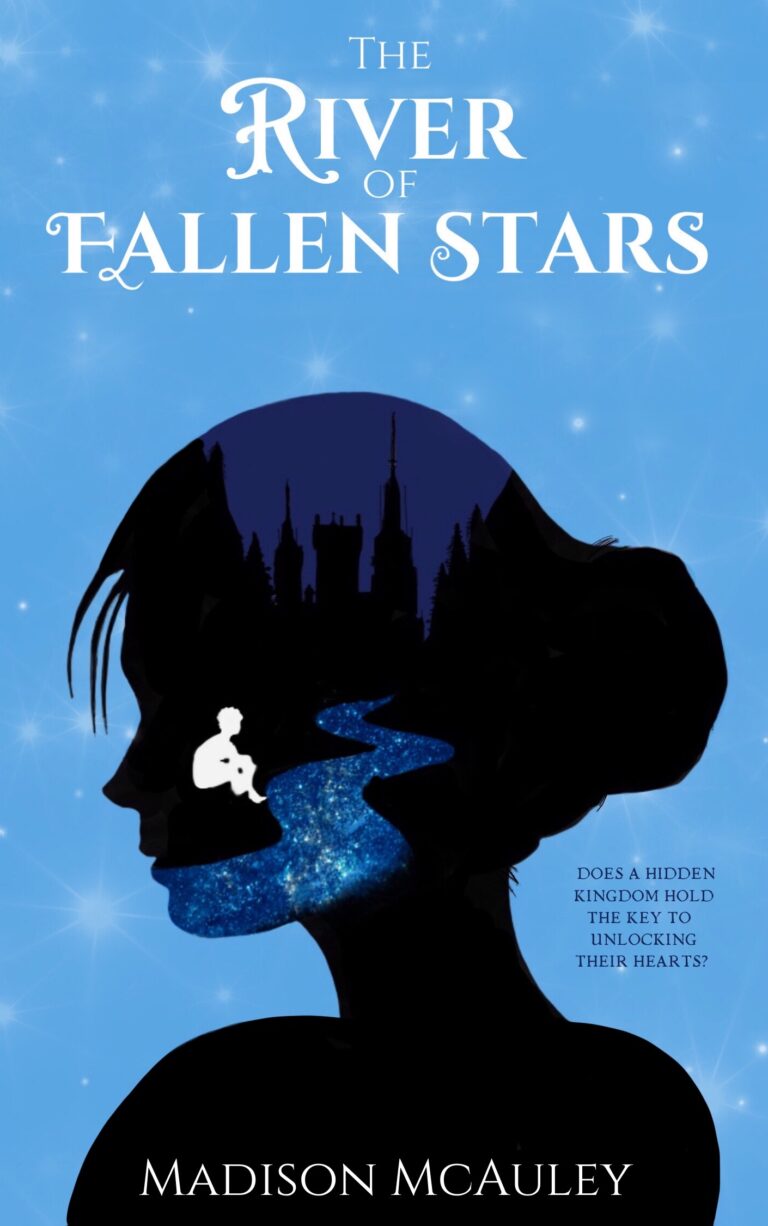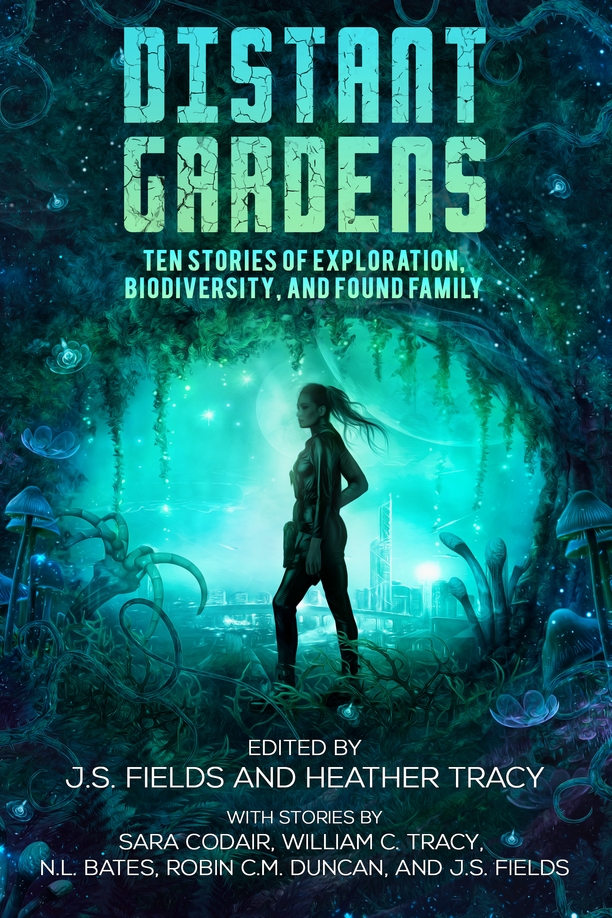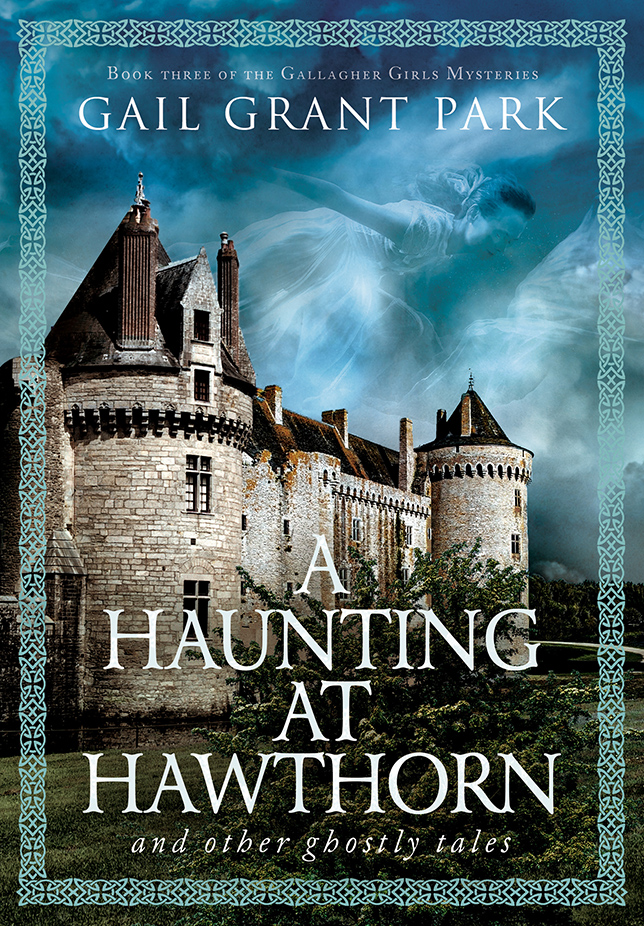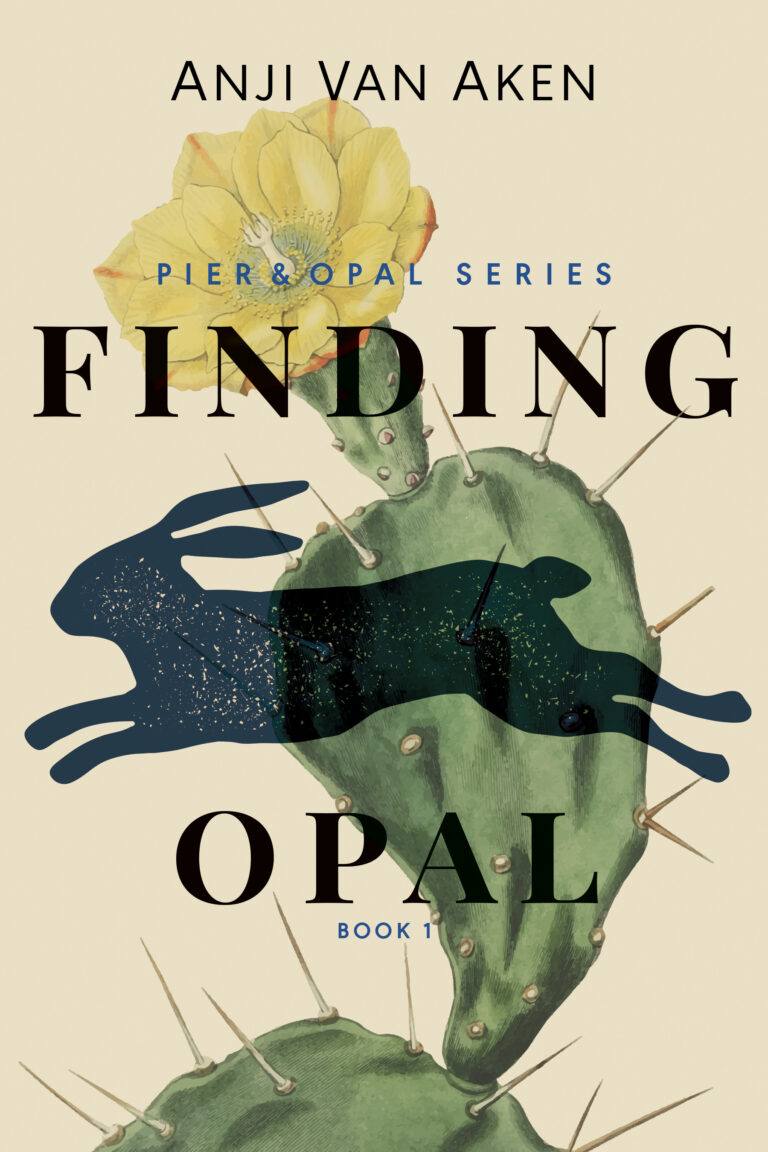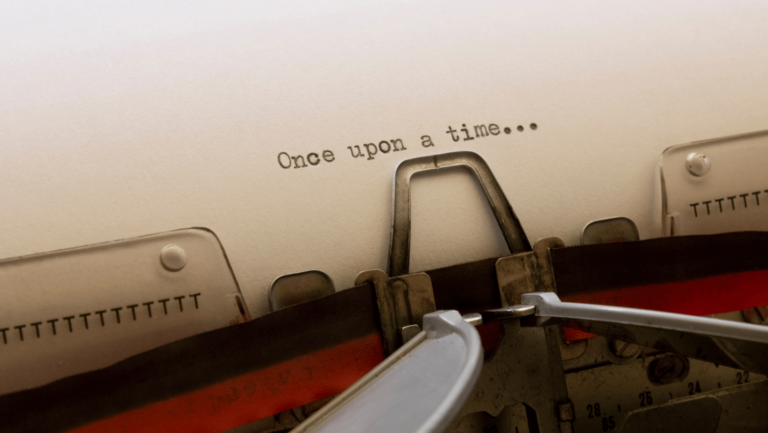Early Beginnings: Audiobooks as Accessibility Tools
The origins of audiobooks can be traced to the 1930s, when the American Foundation for the Blind and the Library of Congress collaborated to create “talking books” for visually impaired readers. These early recordings were produced on vinyl records, with limitations in length – often requiring multiple discs for a single novel. Titles included classics such as The Declaration of Independence and Shakespeare plays, designed primarily to provide equal access to literature.
Mid-20th Century: Expansion Through New Formats
As technology evolved, so did audiobooks. In the 1960s and 1970s, the introduction of cassette tapes revolutionized the format. Portable, affordable, and able to hold longer recordings, tapes allowed more general audiences to engage with audiobooks – not just those with accessibility needs. Educational publishers were among the first to take advantage, producing language-learning programs, study aids, and abridged novels on cassette. By the 1980s and 1990s, as car culture boomed, audiobooks became staples for commuters. The phrase “books on tape” entered popular vocabulary, and publishers began experimenting with unabridged versions to satisfy dedicated readers.
The Digital Turn: CDs and Downloads
The 1990s brought another wave of change with the rise of CDs. Their higher storage capacity meant fewer discs per book, making the listening experience more seamless. Around the same time, the rise of the internet paved the way for digital downloads. By the early 2000s, companies such as Audible had established themselves as leaders, offering subscription-based audiobook services long before streaming became the norm.
Streaming Era: Audiobooks Go Mainstream
With the growth of smartphones and streaming platforms in the 2010s, audiobooks saw an unprecedented boom. No longer tied to physical media, listeners could instantly download or stream titles through apps. Major publishers began producing full-cast performances, commissioning original works exclusive to audio, and experimenting with immersive sound design. By the 2020s, audiobooks had become one of the fastest-growing segments of the publishing industry, embraced by both casual readers and busy professionals. The medium’s flexibility – listening while commuting, exercising, or doing chores – helped it reach audiences who might otherwise struggle to find time to sit and read.
Beyond Convenience: A Cultural Shift
The rise of audiobooks is not just about technology but also about changing reading habits. Audio offers a form of storytelling that connects back to ancient oral traditions, where stories were passed down by voice. Today, audiobooks bridge that timeless practice with modern digital innovation, giving authors new ways to connect with their audiences.
What was the first audiobook you ever listened to, and how did it change the way you experienced the story?
Follow us on Facebook and Instagram for more insights, and share your thoughts in the comments!



